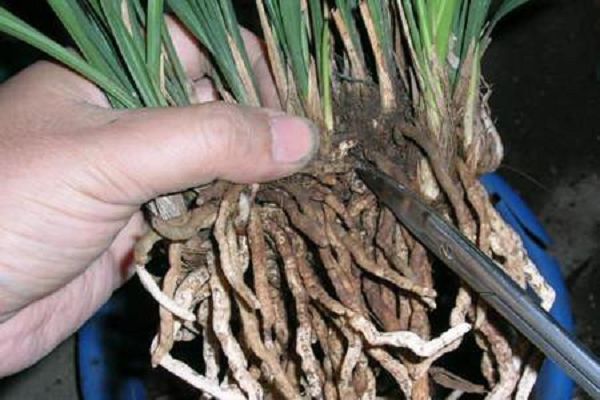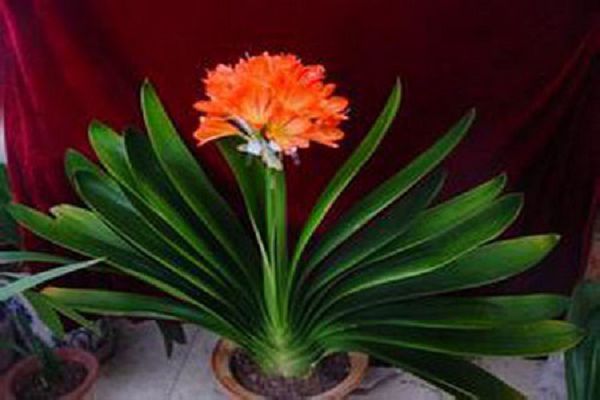What if the butterfly orchid sword has too many forks and does not blossom?

Phalaenopsis is a very suitable orchid for flower viewing, with evergreen characteristics. It not only has a long flowering period, but also has rich colors and exquisite flower shapes, but its flowers are usually long in the upper part of the foil. Moreover, the top of the foil may also have many branches, and the branches that branch out can still flower.
However, for some pot friends, sometimes too many branches on the upper part of the foil is not necessarily a good thing, because the more branches consume more nutrients, so some branches may not bloom. So, what?
Many pot friends may think that too many branches consume too much nutrients, original and too scattered nutrients, resulting in plants not flowering. Therefore, simply cut off some of the branches. Although cutting off some of the branches allows nutrients to concentrate more, making it easier for the remaining foil to bloom, the number of flowers is reduced.
The purpose of our flower culture is naturally to hope that the plant will bloom more and better, so it is generally not recommended to cut off the branches. Instead, nutrients are supplemented by topdressing. This allows the branches to differentiate smoothly into flower buds, so that smooth flowering.
However, topdressing must be carried out before the completion of the bud, if the bud is mature is not suitable for topdressing, otherwise it is easy to cause the phenomenon of bud drop. Therefore, topdressing should be done as early as possible, and try to supplement enough nutrients before pregnancy.
In order to promote flowering of Phalaenopsis, it is usually possible to apply some thin potassium dihydrogen phosphate or Huaduoduo 2 to the plants, either by irrigation or spraying leaves. In the case of nutrient protection, Phalaenopsis branches can differentiate flower buds, form flower buds, and then bloom.
Related
- Is the orchid suitable for indoor use? Is it good for the body?
- How to prevent the empty root of orchids?
- What to do after the crab claw orchid is withered?
- Why are the leaves of orchids always yellow? Fertilizing and watering.
- Can the root of the gentleman orchid be saved if it is rotten?
- Diagnosis and treatment of cotton-blowing beetle insects in Cymbidium
- There is a way for a gentleman's orchid to rot.
- What is the most suitable temperature and humidity for the orchid?
- How to raise a gentleman's orchid? Cultivation techniques of Cymbidium
- How to prepare the nutritive soil for the cultivation of Cymbidium



